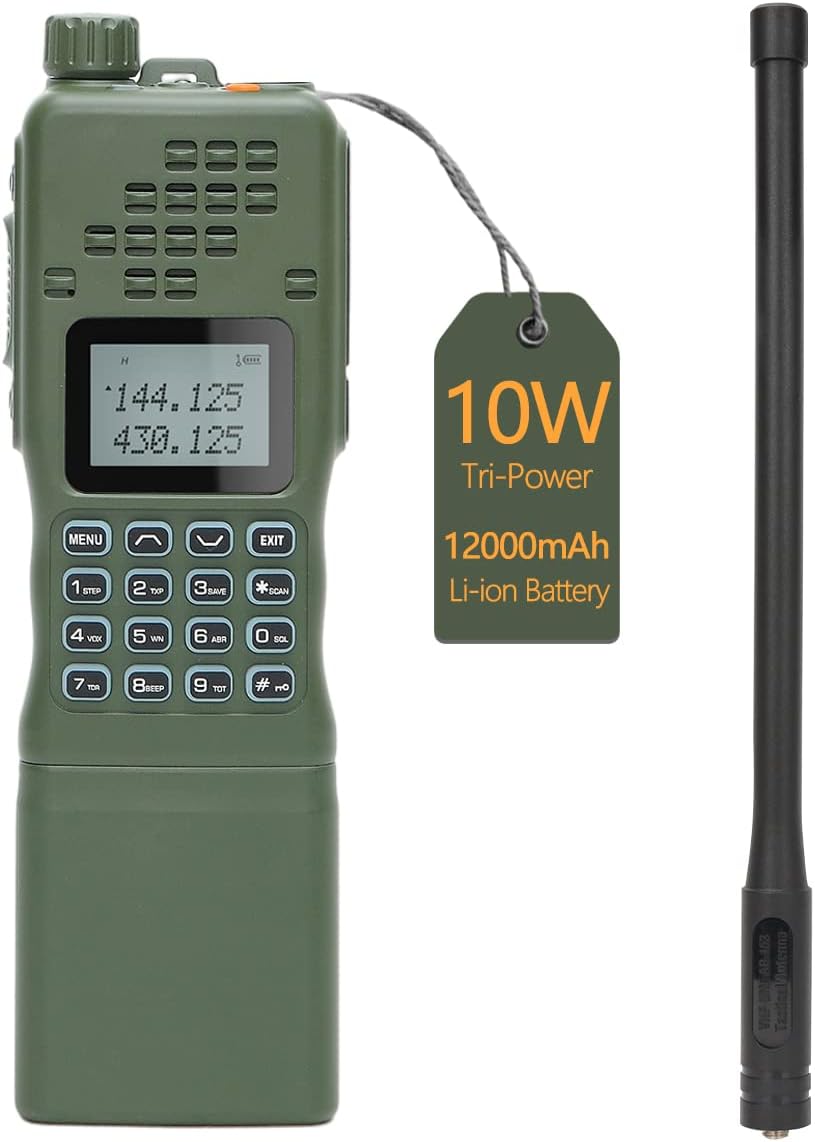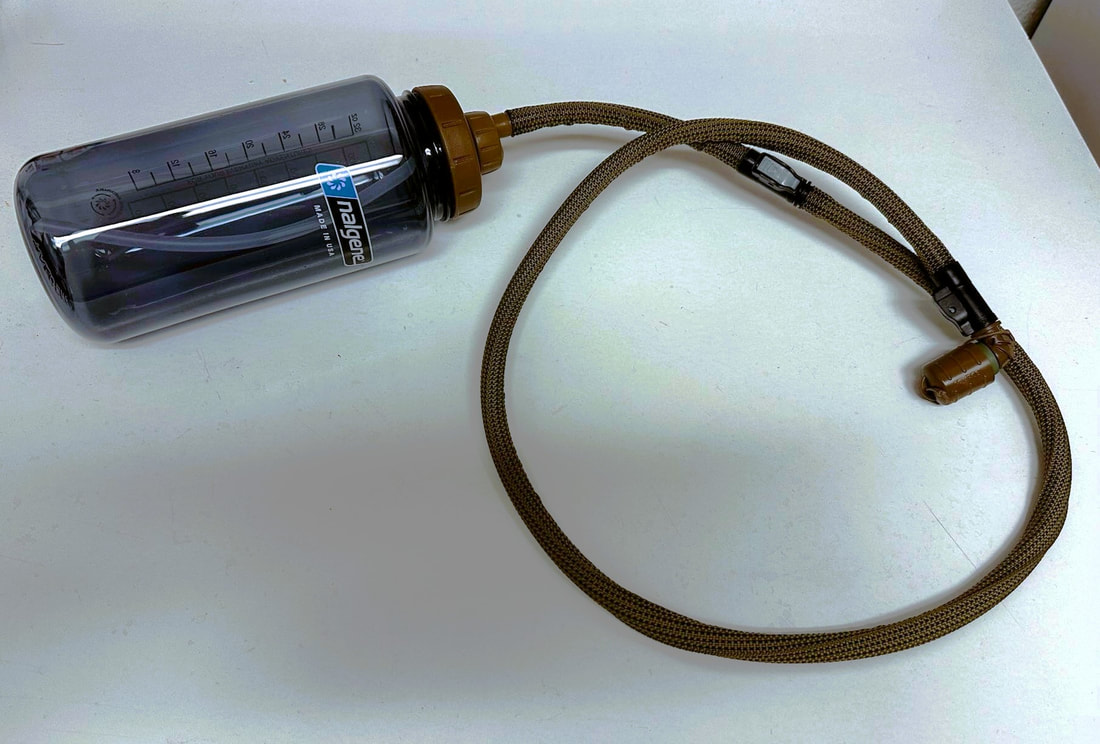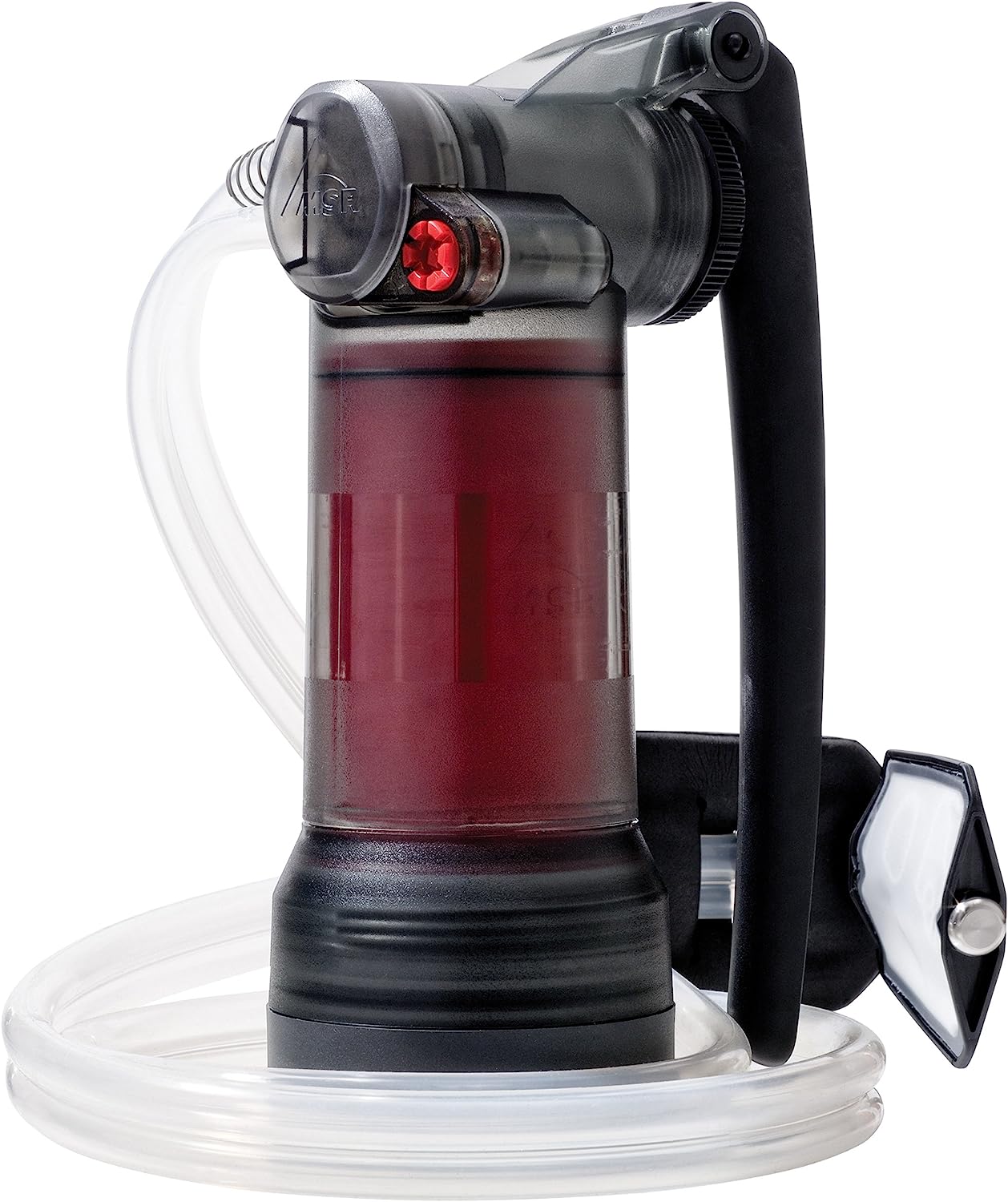|
Have you thought about how you will communicate if the cell network goes down? The modern telecommunication system can be taken down through cyberwarfare, hackers, or a natural disaster. Cell towers only have a limited amount of fuel in their generators to keep running after a power outage. The regular telephone system is resilient but is now more than ever dependent on the Internet to facilitate calls. Do not rely on cell phones. Cell networks can be easily overloaded in large emergencies. Anyone in earthquake country can tell you even the old phone system was overloaded after a quake. You picked up and waited for a dial tone. Crowded areas often get very poor cell reception because there is too much traffic for the node to handle. We’ve all learned one way or another that the cell network capacity can be stretched and broken. For me this was one Black Friday morning when tens of thousands of people descended upon our outlet mall. From a disaster, to a power outage, to simply having more phones in small area than the local cell nodes can handle, you cannot rely on a cell phone. A long-term power outage from a disaster is one thing; the towers should still be intact. In an insurrection or major social upheaval of some sort, cell towers may be shut down entirely. A disaster may render the cellular network impotent, such as if the backup generators eventually run out of fuel. A major regional disaster coupled with a fuel shortage may cause this. A cyberattack may just disrupt cell traffic until the attack is over. Outside events like EMP, nuclear war, or loss of satellite communications/GPS may render the modern cell networks into junk. A war with China or Russia would also probably see major infrastructure hacking and even damage to the GPS system or satellite communications, which would wreck cell towers’ ability to connect with one another. Sat phones aren’t an answer either; just imagine a war where satellites are deliberately targeted. Robust forms of communications are necessary for your family, information gathering, and tactical self-defense use. This leaves us with radios. For those unwilling to foray into ham radio, there are some easy options that don’t rely on cellular towers. RadiosRadios are good when you need immediate communication at the push of a button. You aren’t texting in a gunfight and dialing a call is too long. Also everyone on your team can hear a radio transmission. Radios will be the primary form of communication in a major grid-down type of disaster. The downside to radio is that in the forms that you will likely have access to, there is zero privacy, all frequencies are shared, and are short range. Remember to replace that cheap, short “rubber ducky” antenna on your radios and scanners with taller, high gain ones. For tactical use, folding flexible antennas exist. Most radios will come with a cheap, six to nine inch “rubber duck” antenna, their length often 1/8th of the frequency at that wavelength. This should be immediately replaced with a longer antenna. For common VHF/UHF radios, this will be around a 19” antenna. Flexible and folding antennas exist for easy storage, mounting in a belt holster, or on load bearing equipment. Unlicensed optionsOur discussion will be limited to bands that do not require an amateur operator’s (ham) license. If you plan on using anything other than simple, pre-programmed radios in the neighborhood, do some serious research. You don’t need to necessarily get a license for all of these options but do learn how the various bands work in the application you want to use. Learn what equipment works best and how to install and program it. Use your Google Fu! I recommend a home GMRS watt base station and at least one car with a 50 watt mobile radio. This would replace a cell phone when driving around town when the grid is down. Each family member would have a GMRS walkie-talkie; the older folks would get the more expensive models with longer antennas and the kids would get the bubble pack ones when they go play down the street. To talk to friends or relatives across the county, this would be done with a CB radio mounted on the house. GMRS: General Mobile Radio Service. Technically this requires a license that applies to you and your family, but because it requires no test and is approved automatically, it could be considered unlicensed. Since most users don’t have licenses and there is no enforcement, it practically is unlicensed. GMRS is used for family communications, popular with off-roaders, often used without a license (illegally) by anyone needing a short-range radio. The license is $70 as of this writing, supposedly to be lowered to $35 later in 2021. The license is good for 10 years and practically any close relative can use your license. I have not heard of the FCC prosecuting unlicensed use. You can install repeaters and use radios up to 50 watts. This is a poor-man’s UHF ham analogue, but lots of people are using few channels, so you have less options. Portable radios are usually 5 watts, which will give you 1-3 miles in town without connecting to a rooftop antenna. Mobile (vehicle) radios and a rooftop antenna could cover up to 15 miles depending on the terrain. FRS: Family Radio Service. Basically your cheap blister pack radio. Only good for talking within a few blocks, like one end of the street to the other mostly. Though the frequencies and possibly the radio would have greater capabilities, you can’t replace the crappy antenna. CB radio: Citizen’s Band radio falls at the high end of the HF spectrum. CBs are right on the border between “long range” HF/High Frequency and “short range” VHF/Very High Frequency. Maximum legal wattage is 4 watts, which won’t reach far, but if you buy illegal amplifiers, you can increase power dramatically to reach across whole counties, depending on the terrain. Under the right conditions and with the right equipment, a CB radio base station could reach out around 30 miles or so, giving you medium range communications without a repeater. I recommend a home GMRS watt base station and at least one car with a 50 watt mobile radio. This would replace a cell phone when driving around town when the grid is down. Each family member would have a GMRS walkie-talkie; the older folks would get the more expensive models with longer antennas and the kids would get the bubble pack ones when they go play down the street. To talk to friends or relatives across the county, this would be done with a CB radio mounted on the house. If you would like greater flexibility and the benefits of better radios and frequency choices, pursue your amateur license. The material for a Technician license isn’t overly complicated and study guides provide a good introduction to the test material. Studying for the test can be done by simply memorizing the question pool. Knowledge of Morse code is no longer required. Don’t let the study material and test throw you off; once you pass, for most entry-level radio usage the knowledge is practical versus technical. Ham (licensed options)Ham radios require an amateur operators license. The test is easy if you study (memorize the answers) and gives you far more frequencies to use. Those who have looked into ham radio know about UHF/VHF and shortwave radio, but one band goes overlooked. This one band might make a difference. UHF: Usually in the 400 MHz range and often found in the non-ham radios commonly available in stores (GMRS and FRS). For hams, this includes the 70cm AKA 440 MHz band (Technician-level amateur operator license required at minimum). This is for short range (<5 miles) communication. VHF: Usually in the 30-200 MHz range for civilian radios. This is most common for 2m band (144-148 MHz) ham radios, like the ever popular Baofeng radio. The 2m band requires at least a Technician-level amateur operator license at minimum. This is for short range (<5 miles) communication. 1.25m Most ham and consumer radios operate in the 2m VHF (140 MHz) and 70cm UHF (440 MHz) bands. These are the most popular FM frequencies because most cheap radios (Baofengs) utilize them. I personally would recommend 1.25m (220 MHz) because it’s so similar to 2m (140 MHz) VHF, but with a lower noise floor. 1.25m is not widely used and none to very few commercially available radio scanners are tuned for these frequencies. Because few people have these radios and it’s highly unlikely any civilian will have a scanner that can pick up this band, there is a low, but not zero, probability of intercept. Baofeng sells 1.25m handsets and a variety of mobile and rack units are available. Be aware that your communications are not secure. They are less susceptible to intercept than other frequencies simply because there is a lesser chance that someone is listening. These are not secure channels but are the equivalent of having a private conversation in an empty room with the door open. Learn more, buy my book.If this is "old hat" to you, skip to my good online friend NC Scout's "The Guerilla's Guide to the Baofeng Radio."
Comments are closed.
|
Author Don ShiftDon Shift is a veteran of the Ventura County Sheriff's Office and avid fan of post-apocalyptic literature and film who has pushed a black and white for a mile or two. He is a student of disasters, history, and current events. Archives
May 2024
Categories
All
As an Amazon Associate I earn from qualifying purchases.
|




 RSS Feed
RSS Feed






